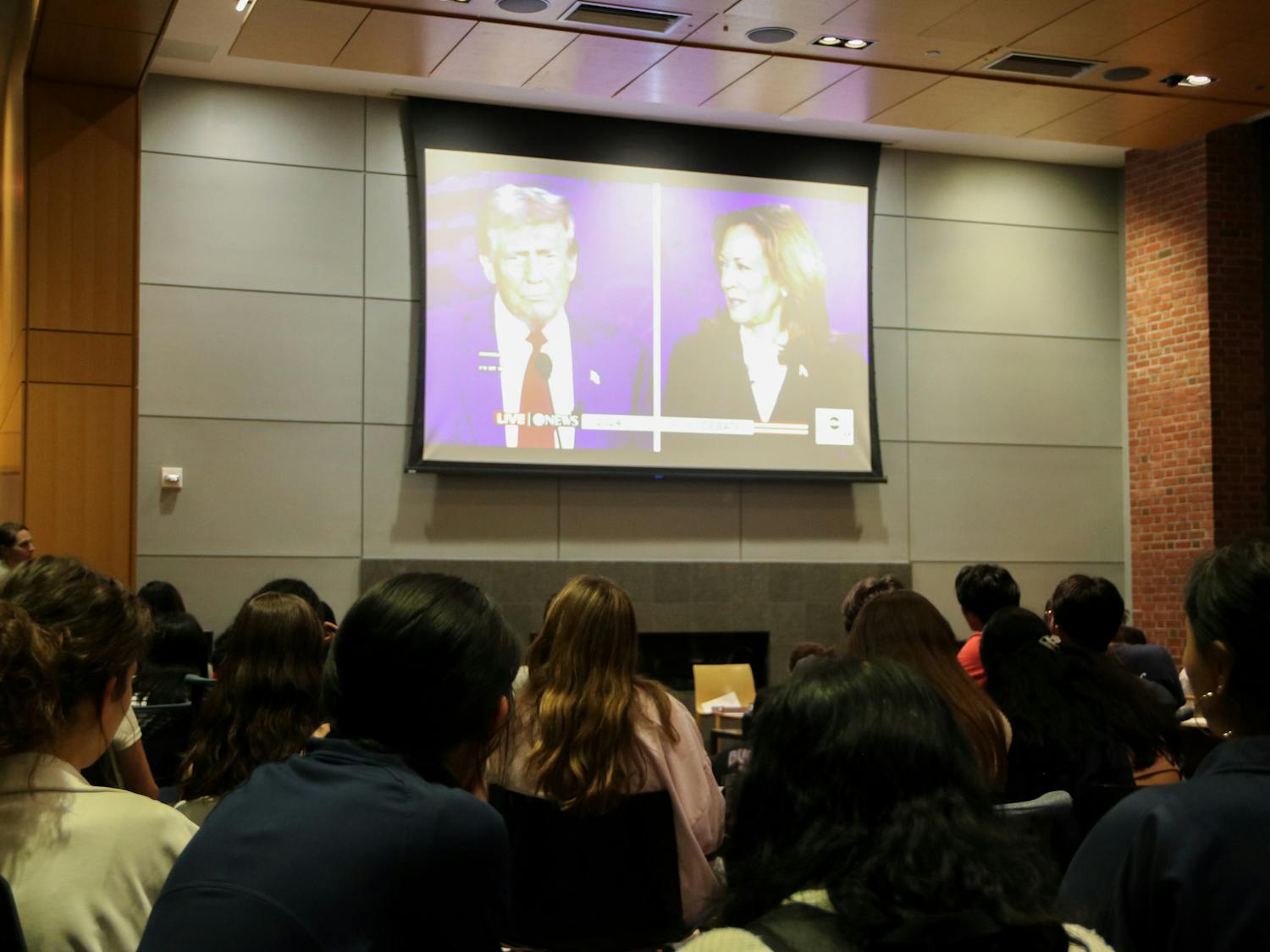As a Caucasian woman, I am not asked to justify my existence on this campus. I don't have to discuss my SAT scores, and people certainly don't presume I'm here as a result of biased admission policies. Although white women are the largest group to benefit from affirmative action programs, we do not experience the backlash that students of color often receive. In fact, when I attended the affirmative action rally last week, most of my friends assumed I was attending a protest aimed at getting rid of these policies. As someone who believes in eliminating race-based discrimination, I stand as a firm supporter of affirmative action on Penn's campus. But in order to fully understand affirmative action, it is important to dispel rumors about the way that the policy works. According to a report published by the American Psychological Association, the Society for the Psychological Study of Social Issues and the Society for the Psychological Study of Ethnic Minority Issues, "Affirmative action occurs when an organization expends energy to make sure there is no discrimination in employment or education and, instead, equal opportunity exists." The report goes on to explain that affirmative action policies were originally derived "from White House Executive Order 11246 of 1965 (later amended), which mandates that employers monitor their utilization of individuals from target groups (e.g., women) to ascertain if it reflects the availability of talent in the community." Thus, this policy forces organizations to make an effort to recruit equal candidates from all racial groups. The key word here is equal. Affirmative action is in no way an attack on the integrity of admitting students to college based on merit, and does not mandate that universities admit students of color for statistical reasons alone. In fact, according to Beverly Tatum, a researcher, Psychology professor and Dean of Mount Holyoke College, the idea of quotas, "as fixed numerical allocations, are illegal, unless court-ordered as a temporary remedy for a well-documented, proven pattern of racially-motivated discrimination." For many white students, however, newer and more aggressive forms of affirmative action are unacceptable. These practices do not contain quotas, but work towards campus diversity by giving preference to women and people of color when choosing between equally qualified candidates. Often, people call this practice "reverse discrimination," which seems to apply only to affirmative action based on race. For some students, the idea of whiteness as a disadvantage is simply too much to handle, and they often call for an abolishment of affirmative action and claim that this move will allow college admission to be based on numbers alone. With a holistic view of the college application process, however, it is almost impossible to ignore the necessity for affirmative action policies. For example, women and students of color are not the only people receiving advantages in the college application process. Children and grandchildren of Penn alumni get preference when applying to Penn, and it has been long said that preference can be strengthened through monetary donations to the University. While many claim this is an inevitable aspect of keeping colleges well funded, it is still a racially skewed preference. Think back 50 years and examine how many students of color were on Penn's campus. The practice of giving preferential treatment to legacy students is the practice of giving preferential treatment to white students. Unfortunately, many students who have strong feelings against affirmative action do not have strong feelings against the practice of giving preference to legacies. Some justify this attitude with the explanation that admitting legacies benefits everyone by ensuring Penn's financial stability. But the truth is that this intense and active focus on the "unfair" gains of students of color -- without an accompanying focus on the same types of benefits given to white students -- is a result racist thinking. I realize that many people who are against affirmative action are not bigots. Believe me -- I used to be one of the policy's most adamant opponents. And perhaps affirmative action does need to be reformed a bit (white women, after all, no longer seem to be a minority on Penn's campus). But until we holistically examine our basis for economic and social mobility in this country, we must continue to enact special remedies. And right now, the only specific remedies offered by the government come in the form of affirmative action.
The Daily Pennsylvanian is an independent, student-run newspaper. Please consider making a donation to support the coverage that shapes the University. Your generosity ensures a future of strong journalism at Penn.
DonateMore Like This
Charlotte Pulica | What gets cut: Women and children first
By
Charlotte Pulica
·
18 hours ago
Abhiram Juvvadi | Who actually matters at Penn?
By
Abhiram Juvvadi
·
Dec. 5, 2025
Sohum Sheth | It was never just about land
By
Sohum Sheth
·
Dec. 4, 2025








